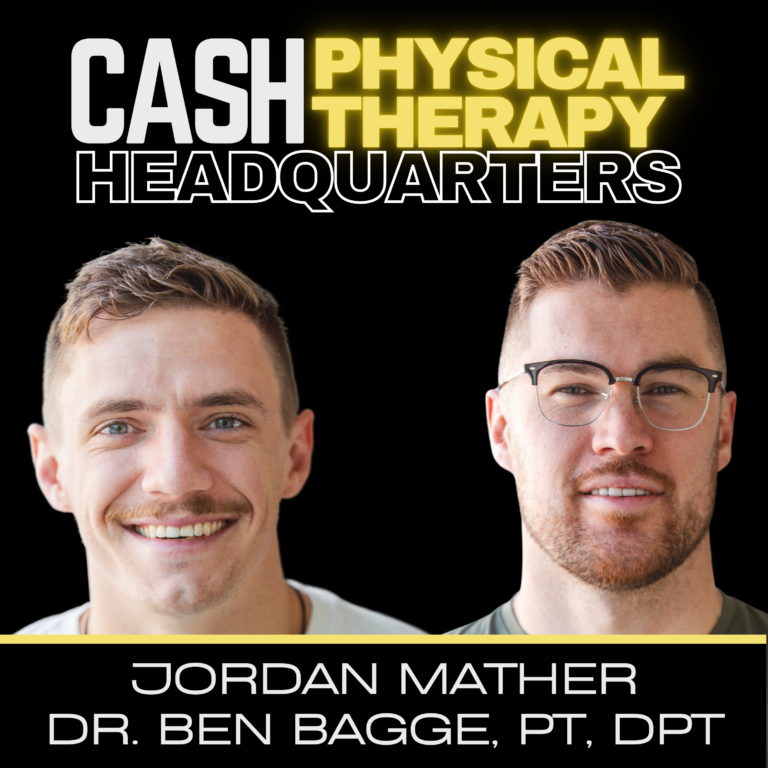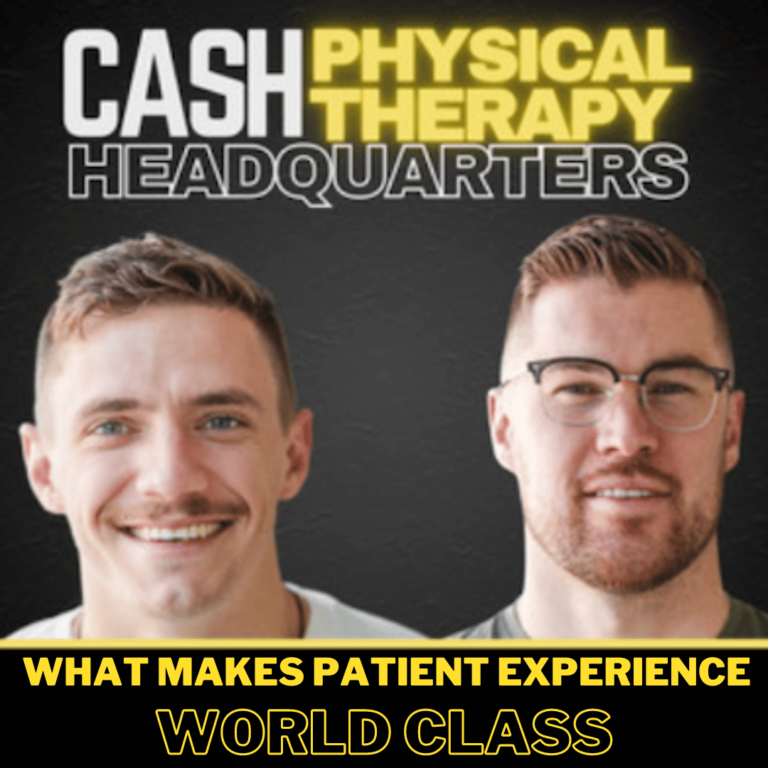Scripts are the last 10%.
Beliefs are the first 90%.
Here are the five beliefs that must shift if you want more people saying “yes” to your plans of care—without feeling pushy or gross.
Belief #1: “Sales Is Gross” → Sales Is Service
Most PTs think:
“Sales is manipulative, greedy, and unethical.”
So they avoid it.
But think about it this way:
Is it ethical to let someone stay stuck in a problem you know how to solve because you’re uncomfortable having a deeper conversation?
Is it noble to avoid “sales” if that avoidance means their knee, shoulder, or back slowly ruins the next 10 years of their life?
Sales, when done right, is simply:
Helping someone make the best decision for their health, based on what they say they want.
That’s service.
And it rarely feels like “selling” when you do it correctly, because:
You’re not doing something to people.
You’re doing something for them.
Belief #2: “I Need This Patient to Say Yes” → They Need You More Than You Need Them
Going into a consultation thinking:
“I really need this sale. I need this to cover rent / payroll / my paycheck…”
…is the fastest way to tank your conversion rate.
Patients can feel that energy. It comes across as:
That desperation stops you from leading.
Instead, you need to walk in with this belief:
“This person needs me far more than I need this one sale.”
Because it’s true.
When you really believe that, you stop:
And you start asking the questions a leader would ask:
“You’ve tried PT before and stopped early. Why will this be different?”
“If you don’t change anything, where does that leave you a year from now?”
“Are you willing to carve out 2 hours a month to play with your kids pain-free again?”
When you detach from needing the yes and just play the numbers game (e.g., 5 out of 10 evals convert), you:
Belief #3: “I’m Selling Visits & Modalities” → You’re Selling Transformation
If you sell like this:
“You get 8 visits…”
“Manual therapy, dry needling, exercise program…”
“60 minutes one-on-one with a DPT…”
You’re selling features. That’s how commodities sell.
And when you sell features, patients:
Try to compare you to cheaper options
Ask, “Do I really need that many?”
Fixate on price instead of value
Instead, you must sell the transformation:
Sleeping through the night without pain
Running 5Ks again
Getting on the floor with their kids and popping back up
Hiking with their spouse on vacation
Adding years of active, independent life
You get there with piercing questions:
“If your knee pain was gone, what would you be doing that you’re not doing now?”
“Why is that so important to you?”
“How does it affect your work, mood, and family when you can’t do that?”
“What worries you most if this doesn’t change?”
Most PTs stop after one shallow answer:
“I want to run again.”
You need to go deeper:
“A lot of runners we work with want to run for different reasons—stress relief, mental clarity for work, weight management, or just feeling like themselves again. For you, what’s the real reason running is so important?”
Now you’re not fixing “knee pain.”
You’re helping them become a better, more present version of themselves.
That makes a $2,000 plan of care feel like a no-brainer compared to the cost of staying stuck.
Belief #4: “$2,000 Is Too Expensive” → Premium Pricing Is Part of Treatment
Common internal story:
“$2,000 is a lot. Patients won’t pay. It’s greedy. Real healers shouldn’t charge that much.”
Reality check:
You’re not describing your patients.
You’re describing your own money beliefs.
And those beliefs are:
Premium pricing is not just about profit. It’s part of creating the treatment container where real transformation happens.
Why higher prices often equal better outcomes:
People who pay, pay attention.
When someone invests $2,000, they actually do their HEP.
Compliance goes up. So do results.
Perceived value rises with price.
People subconsciously associate higher price with higher quality.
“If this is $225/session, these people must know what they’re doing.”
Premium pricing funds world-class care.
You can’t hire an A+ team, invest in the best, and give patients the time they deserve on a bargain-bin model.
And if your heart is for lower-income communities?
Premium pricing is still the answer.
You’ll help far more people doing it that way than by undercharging across the board and starving the business.
Belief #5: “I’m a Clinician, Not a Salesperson” → Sales Is a Core Clinical Skill
This one sounds noble:
“I’m a PT, not a salesperson.”
But here’s the problem:
If you can’t influence someone to:
…they won’t get better. Period.
At that point, you’re not really “treating”—you’re suggesting.
Sales skills are:
The ability to uncover real motivations
The ability to challenge self-sabotaging beliefs
The ability to help people commit to doing what’s best for them
That’s not separate from being a clinician.
That’s part of being an excellent clinician in 2025 and beyond.
You can’t heal the patients you never enroll.
You can’t change the life of the person who ghosts after one eval.
If you truly care about outcomes, you have to care about enrollment.






